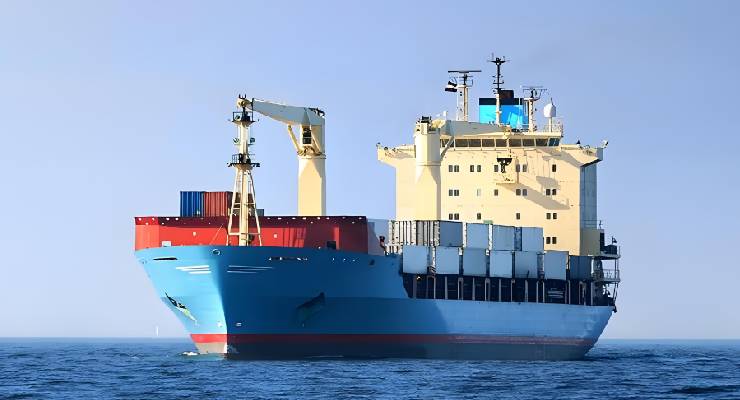
21
Apr
What is different between custom value and declared value?
The declared value on items shipped, along with an accurate description of what is being shipped, serves as a basis for the customs department to impose any duties and taxes. Essentially this means that the declared value and the customs value are one and the same. But there can be a difference between the declared or customs value and the value given for insurance purposes, which must include the cost of replacement, if the item is damaged during shipping.
While the declared value is the figure used by customs for figuring out tax and duty amounts, sometimes called the customs value, the insurance value may be different. When you pay for shipper's insurance, for example, the price of the insurance is based on the replacement value of the item shipped. While you may have purchased the item at one price, to replace it may cost more or less, depending on the changes in the retail price and its availability.
Customs value is used by customs officials to determine the amount of duty and taxes that should be paid on an imported item. It is usually based on the price paid or payable for the item, including any additional costs such as shipping, insurance, and handling.
Declared value, on the other hand, is the amount that the sender declares to the shipping carrier as the value of the item being shipped. This value is used by the carrier to determine the amount of liability coverage that will be provided in case the item is lost, stolen, or damaged during transit.
In summary, custom value is used by customs officials for duty and tax purposes, while declared value is used by shipping carriers for liability coverage.
LEAVE YOUR COMMENT
categories
recentpost
-
 A Comprehensive Guide to Refrigerated ContainersJun 17,2025
A Comprehensive Guide to Refrigerated ContainersJun 17,2025 -
 Guide to 20ft & 40ft Shipping Container Dimensions for Global LogisticsJun 17,2025
Guide to 20ft & 40ft Shipping Container Dimensions for Global LogisticsJun 17,2025 -
 How to track shipments sent from ChinaMay 13,2025
How to track shipments sent from ChinaMay 13,2025 -
 Guide to Importing and Shipping Cars from China to UAEMay 13,2025
Guide to Importing and Shipping Cars from China to UAEMay 13,2025 -
 Guide to Importing and Shipping Camping Gear from ChinaMay 07,2025
Guide to Importing and Shipping Camping Gear from ChinaMay 07,2025 -
 Shipping from China to YemenMay 06,2025
Shipping from China to YemenMay 06,2025
Online Service

